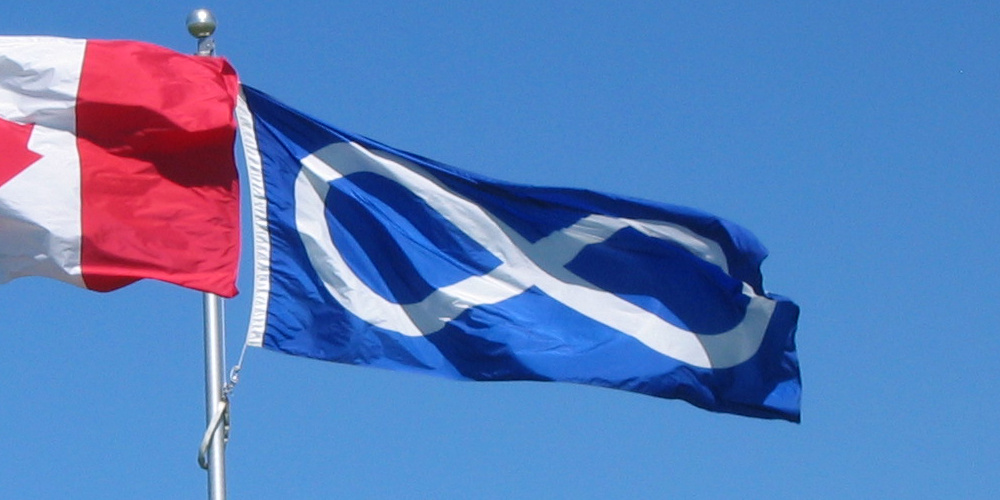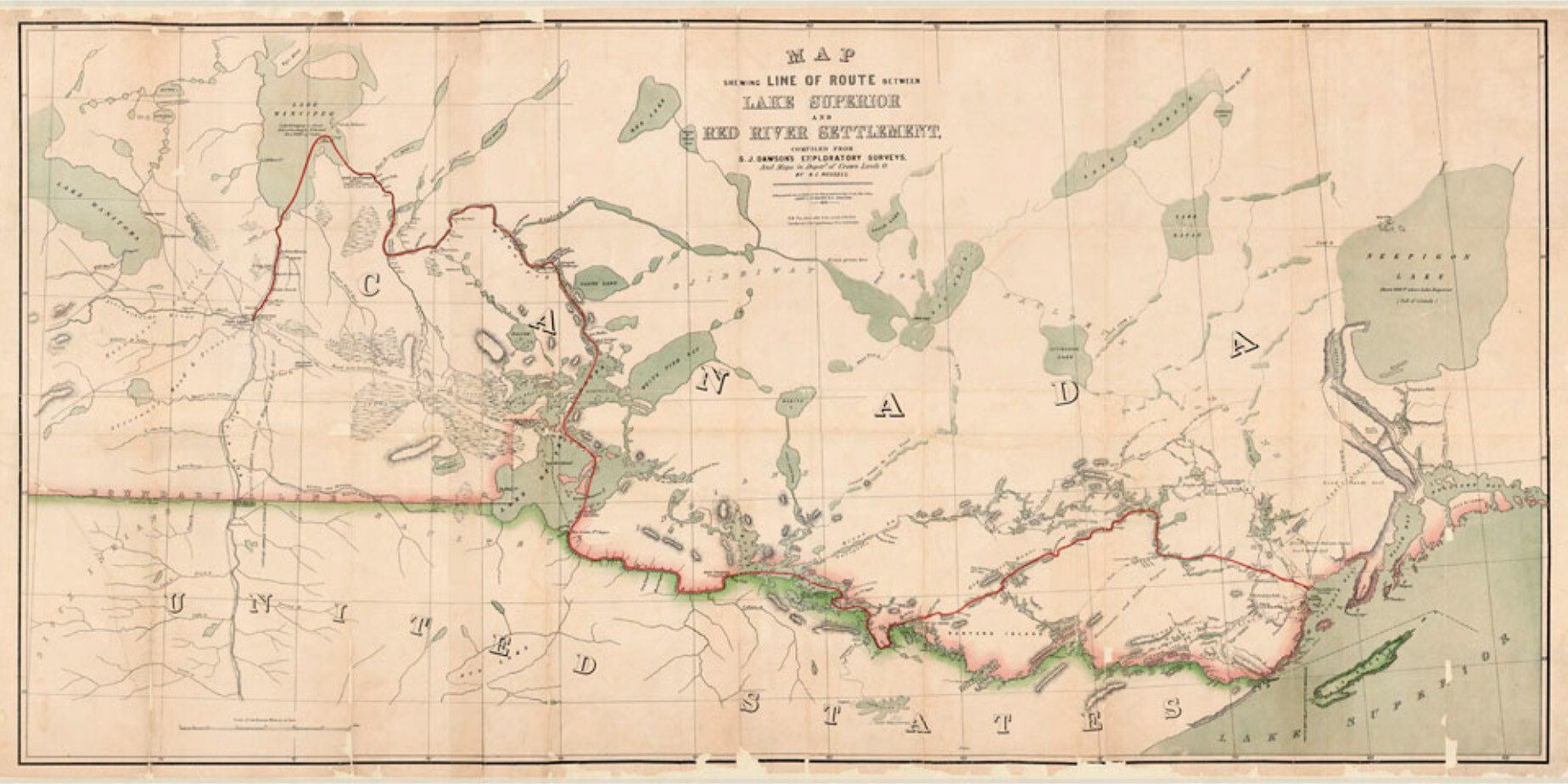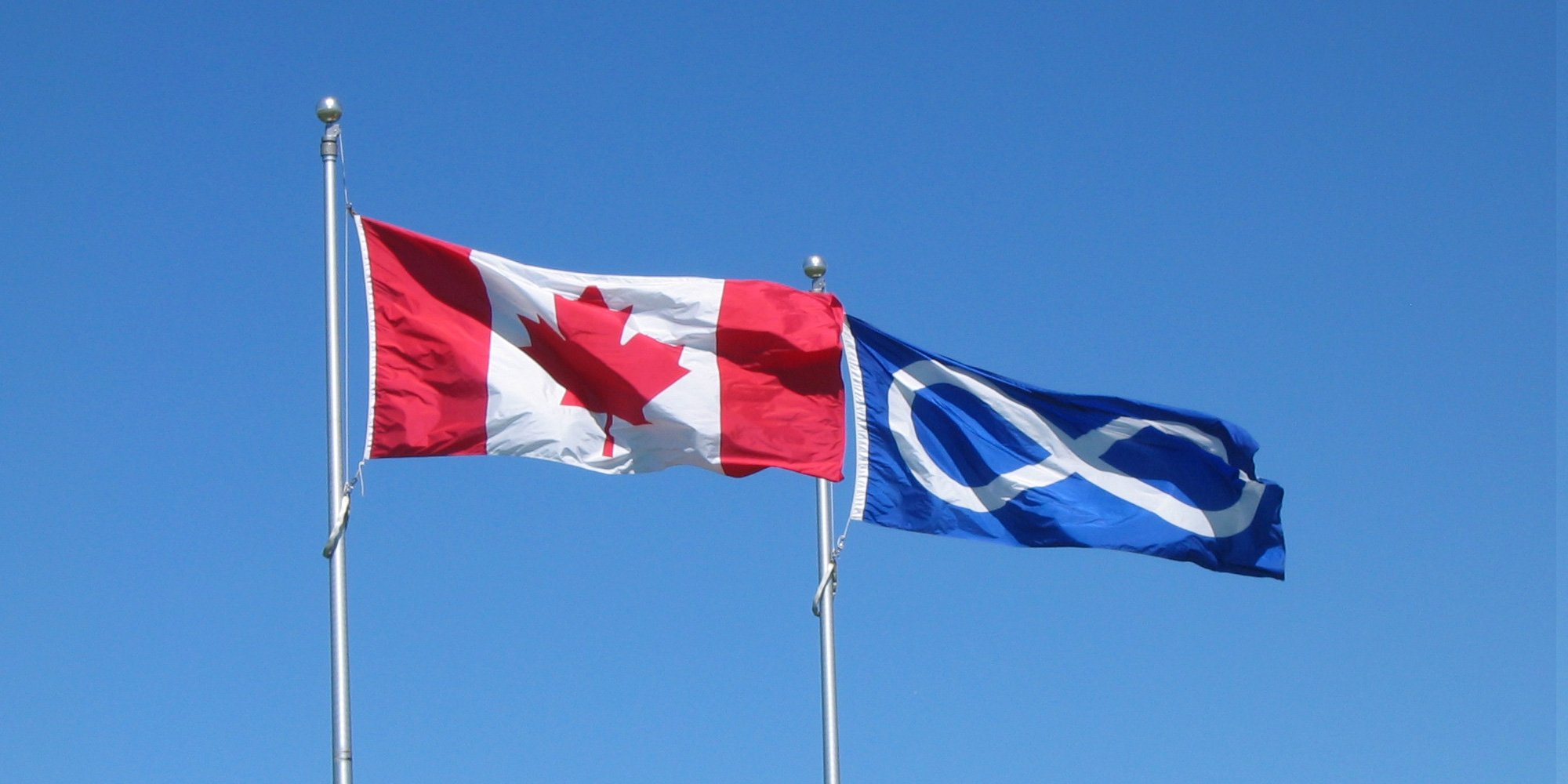4 min read
A Glance into Indigenous Incomes and Labour Force Representation
Many reports and data sets indicate that Indigenous peoples' incomes and workforce representation are on the rise; however, to get a full picture,...

4 min read
Many reports and data sets indicate that Indigenous peoples' incomes and workforce representation are on the rise; however, to get a full picture,...

2 min read
Harry Daniels will share with Louis Riel the honor of having introduced the rights of the Métis people in the Constitution of Canada: Riel in s. 31...

4 min read
We’ve talked about the definition of Indigenous Peoples and the constitutional significance of Indigenous or Aboriginal. In this article, we drill...

3 min read
There are a lot of questions and some confusion out there about the April 14, 2016, Supreme Court of Canada ruling on Daniels v. Canada (Indian...

1 min read
Ottawa (June 6, 2013) – A report on Métis identity released today by the Senate Aboriginal Peoples Committee calls on the federal government to...

2 min read
Winnipeg, Manitoba, May 23, 2013 — On behalf of the Honourable Peter Kent, Canada’s Environment Minister and Minister responsible for Parks Canada,...

1 min read
The Northwest Rebellion of 1885 began with Louis Riel, Jr. returning with his wife, two small children and a few supporters to seize the church at...

2 min read
In 1801, a group of Métis settled at the intersection of the Red and Assiniboine Rivers, where Winnipeg stands today. They were referred to as...

1 min read
The Métis flag or flag of the Métis Nation features a white infinity sign on a blue background. The infinity symbol represents the mixing of two...

1 min read
Photo: Library and Archives Canada, Acc. No. 1972-26-301 During the 1600s, France began establishing settlements along the St. Lawrence River to...